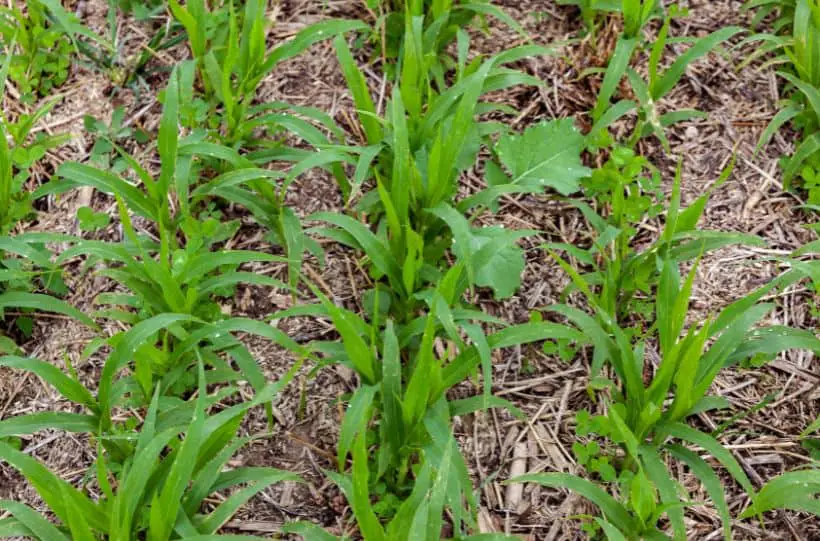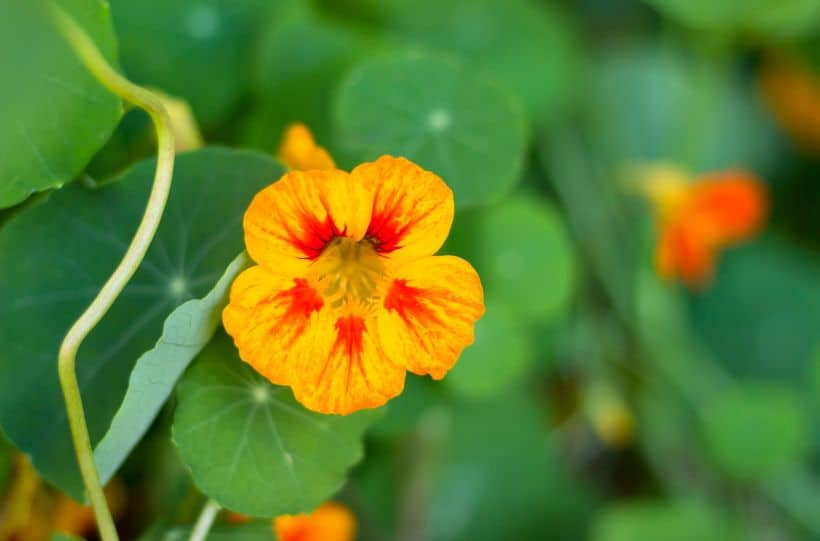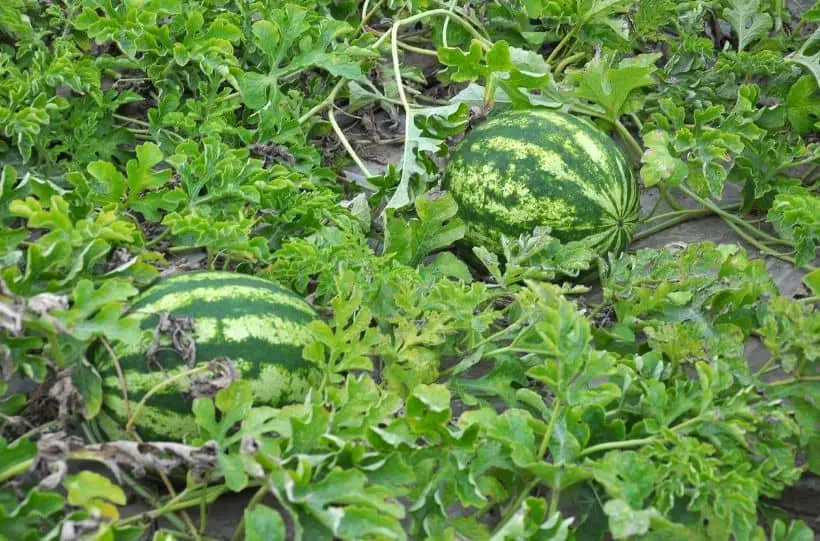9 Best Edible Cover Crops For Vegetable Gardens
This post may contain affiliate links. Please see the privacy policy for details.
When you start to plan your vegetable garden, you’ll most likely be thinking about
- what plants do you want to grow,
- which vegetables are compatible,
- and how to get rid of unwanted pests.
What might not cross your mind is also adding cover crops to your vegetable patch. Cover crops are highly beneficial to incorporate into your vegetable garden plan. Not only are most of them edible, and hence maximize your available growing space. But they also help:
- Add nutrients into the soil
- Prevent nutrients and rainwater from being leeched in heavy rain
- Prevent the soil condition from deteriorating in high temperatures during the summer months
- Help break up the soil to improve drainage for other crops
- Minimize the encroachment of weeds
- Attract and encourage beneficial insects such as pollinators.
Take a look at the best cover crops for your vegetable garden to gain the above benefits whilst growing more food.

9 Best Edible Cover Crops For Vegetable Gardens
Nasturtiums
Though nasturtium is most frequently planted within a vegetable garden as a deterrent for unwanted pests, it is also edible. You can grow and eat the flowers, leaves, stems, and seeds both raw and cooked.
Nasturtiums can be planted during late Spring and early Summer and have a long flowering period between June and October.

As they can spread widely, they help to cover the ground in between your vegetables. Their bright, colorful petals help attract pollinators. All the while, they benefit your surrounding vegetables by attracting unwanted pests to feed on the flowers instead of your other crops.
Radish
Radish might not be the first edible cover crop you think to plant, but due to its small size and quick germination, it makes a great addition to your garden.
This vegetable can be planted multiple times between March and August and can be harvested as late in the year as December. Each plant doesn’t take up a lot of space and due to having shallow roots, also doesn’t compete with your other vegetables.
As the main crop grows under the ground, the leaves attract pests away from other crops. They also spread above the ground protecting your soil during the hot summer months.
Arugula
Arugula, also more commonly known as salad rocket, is a quick-growing plant that provides you with fresh salad leaves during the summer months whilst protecting your ground soil.
Generally planted during late spring to early summer, arugula is ready to be harvested in approximately 40 days. As it has a shallow root system, it doesn’t compete with space when planted alongside many other vegetables.
Its long leaves help to shelter the soil from the sun but also lower the chance of weeds germinating.
Wood Sorrel
Wood sorrel has a wide, low spread of up to 30cm for each plant. As a perennial plant, it can be a great choice for a cover crop due to returning following years with minimal maintenance.
Though planted during Spring, they have a long harvesting period from early summer to mid-winter. Unlike many other cover plants, sorrel does not require much time and effort helping you to focus your time on your other crops.
As a low-growing crop, its leaves also protect the soil from water and nutrient loss.
Canola
This bright yellow, tall flower is another great cover crop to consider. It has a very deep root system, around 4-5 feet deep, meaning that it reaches nutrients many other vegetables can’t. This not only helps to bring nutrients to higher levels of your soil for other vegetables to reach. It also breaks up and improves the condition of your soil as well as drainage.
Canola is often grown over the winter and in early spring. When most of your vegetables aren’t ready to be planted yet or are dormant, canola grows rapidly and helps to protect the soil from erosion.
Finally, canola offers an additional benefit as a cover crop by improving the overall health of your soil, benefiting vegetables planted the following season.
Alfalfa
Another perennial plant, alfalfa has deep roots that help improve the condition of your soil and reduce compactness.
Alfalfa also adds nutrients into the soil such as potassium and magnesium, benefiting surrounding vegetables.
Melons
Grown alongside the right companion plants, melons can be used during the summer as a cover crop in your vegetable garden.
As they grow, melon vines and leaves spread out rapidly and help to protect the soil from moisture loss and heat damage.

Melon plants tend to ripen from mid-summer and are ideally planted with crops that grow tall and are harvested later in the growing season.
Squash/pumpkins
Similar to melons, pumpkin and squash varieties offer ground cover with their large leaves. They provide vital shade to the soil protecting it from the heat but also reducing the number of weeds.
They are ideally planted as a trio with corn and beans, known together as “the three sisters”.
Buckwheat
Buckwheat is extremely durable and an excellent cover crop in your vegetable garden. It can be planted in two seasons to offer two different benefits.
If planting in late spring, it helps to protect the ground from sun damage and loss of moisture. As they also germinate quickly, they help prevent weeds from growing and competing for nutrients with your other crops.
Buckwheat can also be planted later in the year during the fall. This later growth protects the soil from damage during the winter months and erosion from heavy rain.
More edible cover crops include green beans, peas, winter rye, oats, and winter wheat. After harvesting any of these plants you can till the stalks into the soil.

These cover crops are not only edible and help maximize your available growing space, but they also benefit the surrounding vegetables. Selecting cover crops that can be companion plants with your chosen vegetables is important.
By doing so, you can not only grow more vegetables in the same space whilst improving soil quality and adding nutrients to the soil also.
For more guides to companion planting and choosing the right plants for your vegetables, take a look at these posts here:
